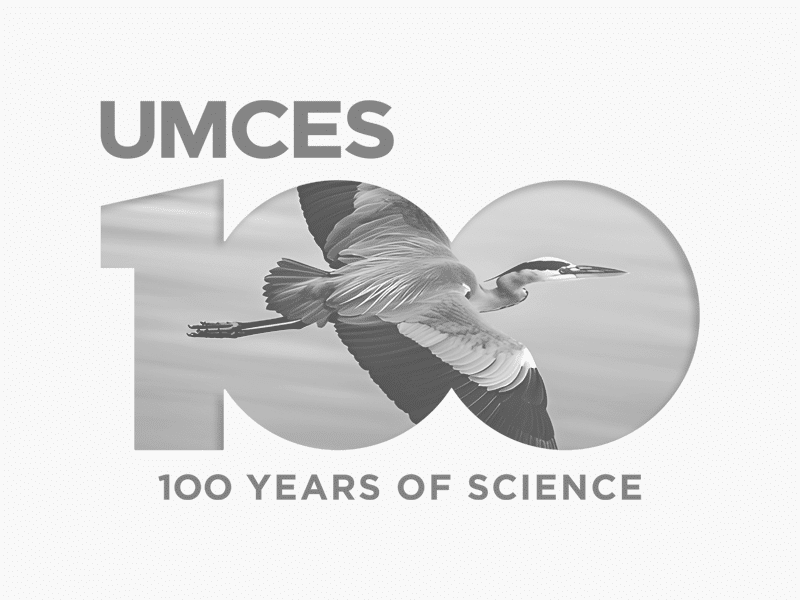1oo Stories

People
Groundbreaking Research at the North Pole

In November 2022, scientists Lee Cooper and Jackie Grebmeier from the Chesapeake Biological Laboratory reached the North Pole as part of an Arctic oceanographic cruise aboard the US Coast Guard Cutter Healy. The two-month research expedition, which was part of the Synoptic Arctic Survey, focused on assessing the current state of the Arctic Ocean in the context of climate change, including melting sea ice and warming waters.
The team, including postdoctoral scientist Christina Goethel, graduate student Brian Marx, and research scientist Cedric Magen, conducted water and sediment sampling at various stations. The expedition also involved 89 Coast Guard crew members and 35 scientists from various universities and research institutes. They studied Arctic seafloor animals, microbes, and methane emissions to understand how climate change is impacting the region.
Although temperatures were not extremely cold, scientists noted the constant twilight at the North Pole, which added a unique perspective to the expedition. The Healy, an icebreaker, navigated through extensive leads or open water in the ice, which had thinned significantly in recent decades.
The researchers plan to analyze the collected samples for various factors like chlorophyll, nutrients, and carbon content to monitor future changes in the Arctic ecosystem. The Chesapeake Biological Laboratory, which has long focused on the Chesapeake Bay, has expanded its research globally, marking this expedition as a significant step in their ongoing environmental studies.






